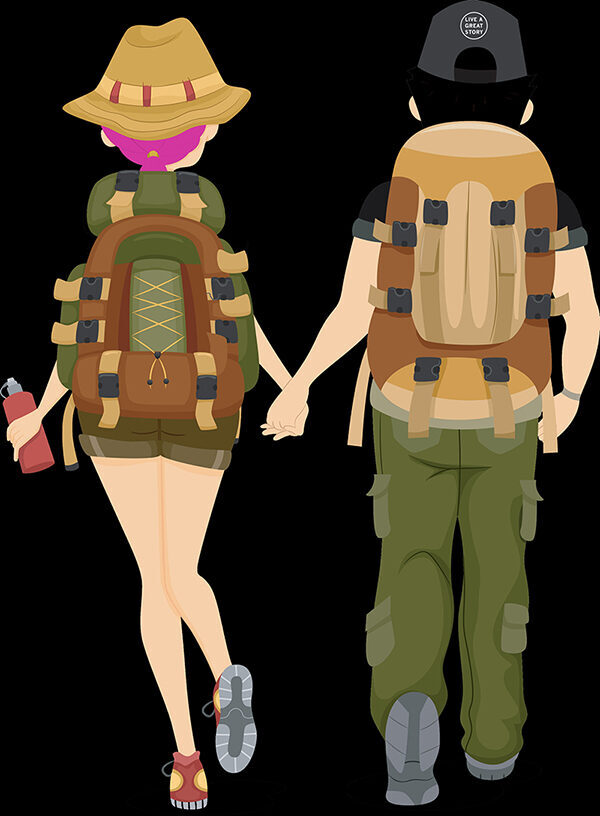Approximately 40 wildland firefighters continue to fight off the 24-acre Kolob Terrace Fire, in Hop Valley, Zion National Park. https://www.nps.gov/zion/learn/news/update-wildland-firefighters-continue-to-address-kolob-terrace-fire.htm
July 22, 2020
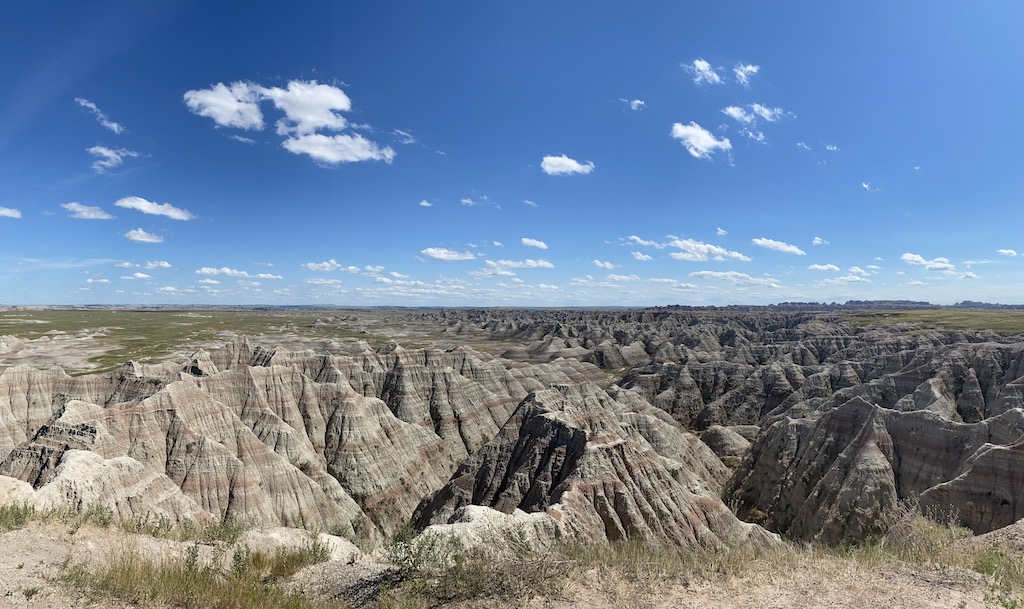
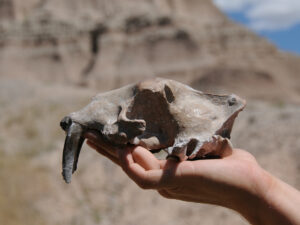
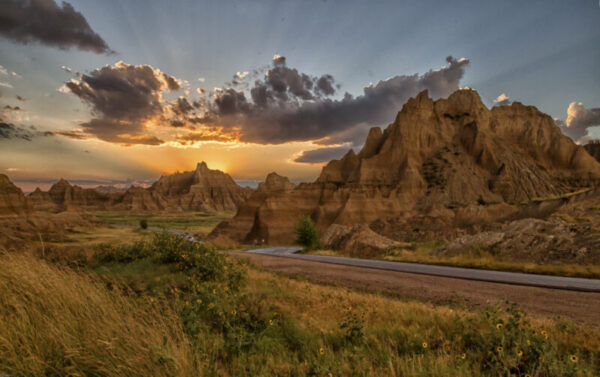 Far from any major airport and treasured for its scenic byway, Badlands National Park is a perfect stop or destination for your next road trip. If you plan on staying the night here, you can set up a tent right next to your car in one of the park’s front country campgrounds, or – if camping isn’t your thing – you can stay at Cedar Pass Lodge in the spring, summer or fall. The Badlands are an especially great road trip stop because of their proximity to other cool and unique places; Mount Rushmore, Wind Cave National Park, Lacreek National Wildlife Refuge, Minuteman Missile National Historic Site and Jewel Cave National Monument are all within two hours’ drive.
It’s a great place to learn about Native American history and culture.
The Lakota people – members of the Oglala Sioux Tribe – have lived in the Badlands region since time immemorial. Many notable Native American leaders and warriors were members of the Oglala Sioux Tribe, including Crazy Horse and Red Cloud. Today, the southern unit of Badlands National Park, including the White River Visitor Center, is on Pine Ridge Reservation.This part of the park is managed in cooperation with the Oglala Sioux Tribe. The White River Visitor Center has exhibits that offer information about Lakota history and culture, and on select dates, visitors can experience cultural demonstrations involving music, dancing, crafts and more.
Over 7,500 stars fill the park’s skies.
Far from any major airport and treasured for its scenic byway, Badlands National Park is a perfect stop or destination for your next road trip. If you plan on staying the night here, you can set up a tent right next to your car in one of the park’s front country campgrounds, or – if camping isn’t your thing – you can stay at Cedar Pass Lodge in the spring, summer or fall. The Badlands are an especially great road trip stop because of their proximity to other cool and unique places; Mount Rushmore, Wind Cave National Park, Lacreek National Wildlife Refuge, Minuteman Missile National Historic Site and Jewel Cave National Monument are all within two hours’ drive.
It’s a great place to learn about Native American history and culture.
The Lakota people – members of the Oglala Sioux Tribe – have lived in the Badlands region since time immemorial. Many notable Native American leaders and warriors were members of the Oglala Sioux Tribe, including Crazy Horse and Red Cloud. Today, the southern unit of Badlands National Park, including the White River Visitor Center, is on Pine Ridge Reservation.This part of the park is managed in cooperation with the Oglala Sioux Tribe. The White River Visitor Center has exhibits that offer information about Lakota history and culture, and on select dates, visitors can experience cultural demonstrations involving music, dancing, crafts and more.
Over 7,500 stars fill the park’s skies.
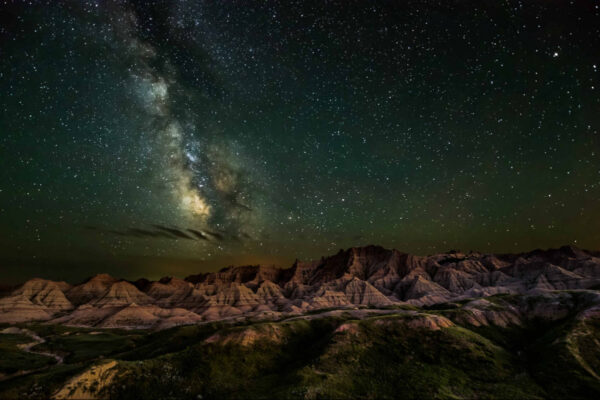
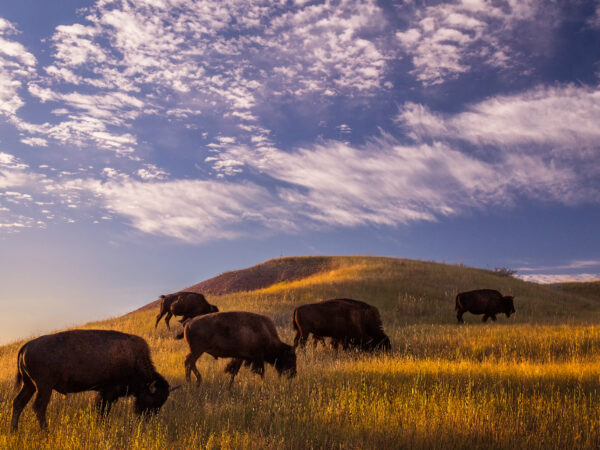
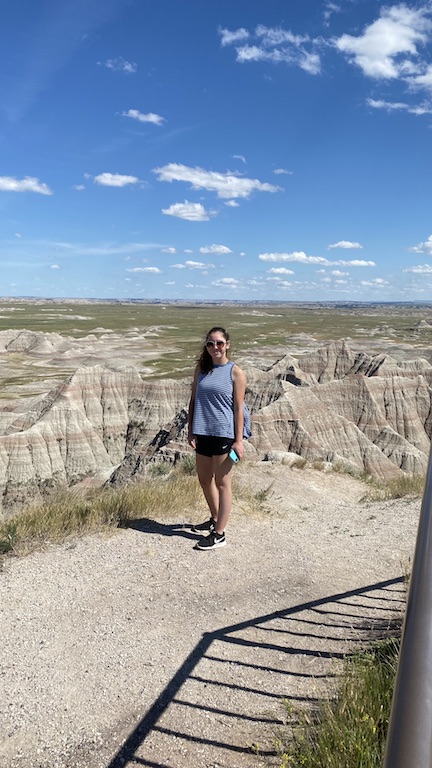
Leave a Reply
Related Posts
193
